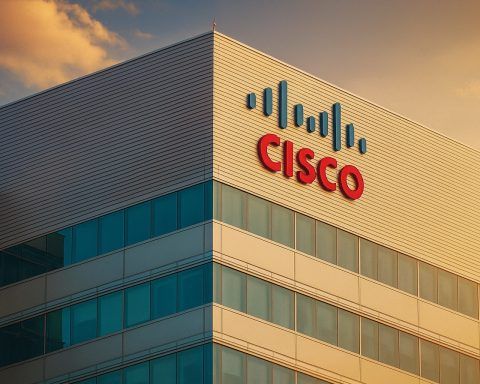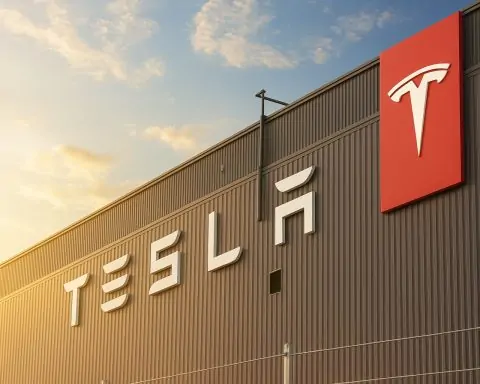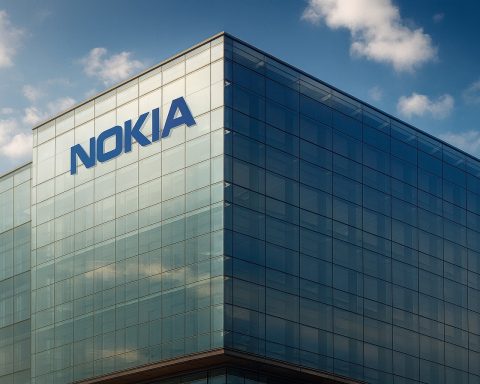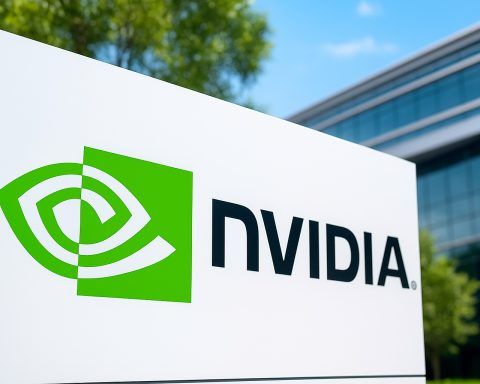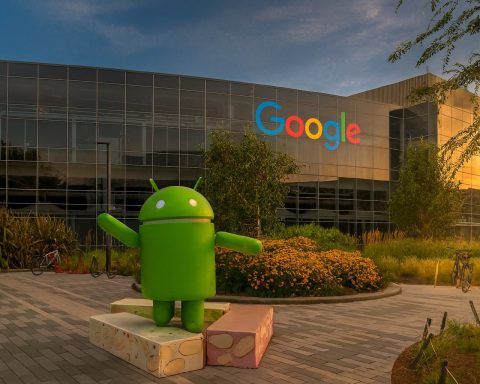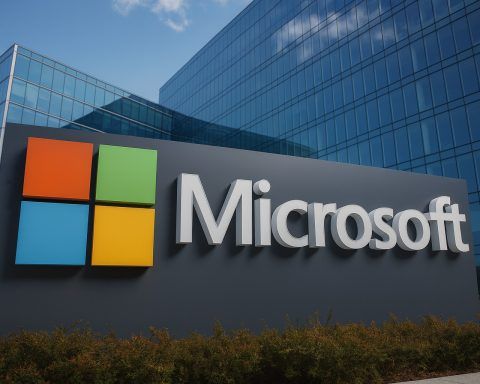
Microsoft Stock Today, November 19, 2025: AI Megadeal, Mixed Analyst Calls and Ignite 2025 Drive MSFT Volatility
On Wednesday, November 19, 2025, Microsoft (NASDAQ: MSFT) is trading lower as Wall Street weighs a massive new AI partnership with Anthropic, fresh regulatory scrutiny, and a rare wave of analyst downgrades against still‑strong earnings and bullish long‑term AI bets.
